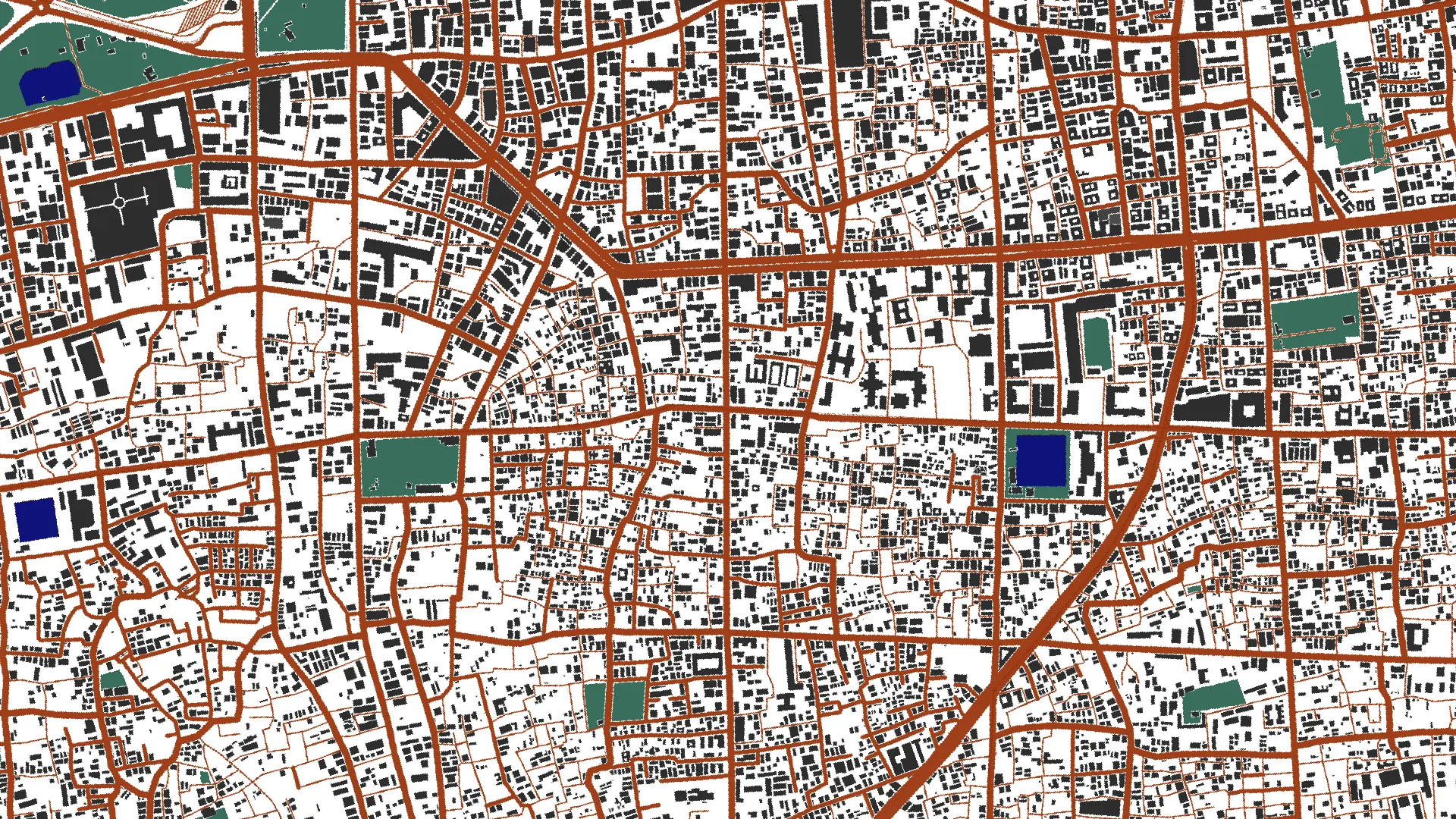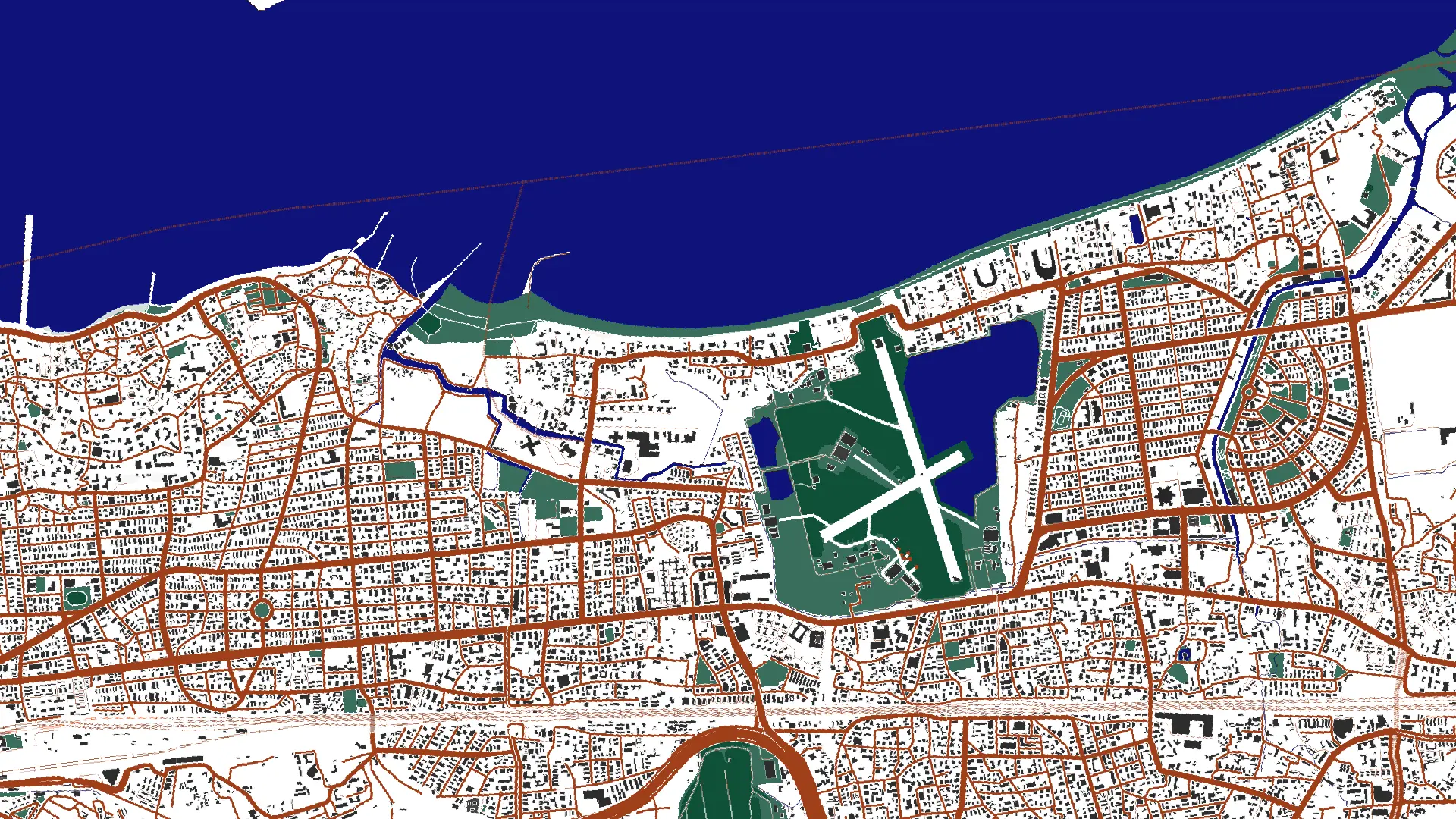The Top 5 World’s Densest Cities: Where Crowds and Culture Collide
In a world marked by urbanization and relentless population growth, the notion of personal space becomes a luxury that few can afford. These modern metropolises, each a testament to human ambition and endurance, bear witness to the remarkable ways in which we adapt to the confines of urban life. From the bustling streets of Dhaka to the vibrant markets of Manila, we embark on a journey to explore the five densest cities on our planet, where culture, commerce, and congestion converge.
5. Mumbai, India: A Tapestry of Dreams

Population Density: 20,700 people/km²
Mumbai, often referred to as Bombay, stands as India’s financial nerve center. With a population density of 20,700 people per square kilometer, it’s a city where the dreams of millions converge on a canvas of towering skyscrapers and bustling streets.
Mumbai’s story is one of rags to riches, of dreams realized amidst the chaos of density. From the thriving film industry of Bollywood to the bustling markets of Dharavi, the city offers a microcosm of India’s diversity and dynamism. It’s a place where tradition and modernity walk hand in hand, where the pursuit of success often leads to stories of triumph against all odds.
Yet, the city grapples with its own set of challenges, from housing shortages to traffic snarls. The disparity between the affluent and the marginalized is stark, casting a shadow over Mumbai’s glittering skyline. It’s a city that embodies the aspirations and contradictions of a nation, where the pursuit of dreams often unfolds against the backdrop of urban complexity.
4. Manila, Philippines: The Meeting of Old and New

Population Density: 21,000 people/km²
The Philippine archipelago, Manila, the capital of the Philippines, is a city that embodies contradictions. With a population density of 21,000 people per square kilometer, it’s a place where the ancient meets the modern, where towering skyscrapers cast shadows over bustling markets, and where the past and present coexist in a delicate dance.
Manila’s history is a tapestry woven with threads of Spanish influence, American colonialism, and indigenous resilience. This diverse heritage is reflected in the city’s culture, cuisine, and architecture. From the historic walled city of Intramuros to the contemporary developments in Bonifacio Global City, Manila offers a visual feast for those willing to explore its multifaceted identity.
Yet, Manila’s density is not without its challenges. The city grapples with issues of traffic congestion, pollution, and housing shortages. These challenges stand as a reminder that amidst the vibrant chaos of urban life, there are underlying issues that demand attention and innovation. Manila’s journey is one of adaptation and evolution, as it strives to strike a balance between its rich cultural legacy and the demands of a modern metropolis.
3. Kolkata, India: Where History Lives and Breathes

Population Density: 24,000 people/km²
Kolkata, formerly known as Calcutta, stands as a living testament to India’s rich history and cultural heritage. With a population density of 24,000 people per square kilometer, this metropolis serves as a crucible of artistic expression and intellectual pursuits.
Kolkata’s charm lies in its ability to harmoniously blend the old and the new. It’s a city where colonial-era architecture coexists with modern skyscrapers, where ancient traditions find resonance in contemporary art, and where the past gracefully intertwines with the present. This cultural richness has earned Kolkata a place of pride in India’s cultural landscape.
The city’s streets bear witness to the footprints of luminaries such as Rabindranath Tagore and Mother Teresa, who left an indelible mark on humanity. Kolkata’s love for literature, music, and the arts is palpable, with its bookstores, music festivals, and theaters breathing life into the city’s bustling streets. Despite the density, Kolkata’s inhabitants find solace in the city’s artistic offerings, creating a unique urban experience that captivates the soul.
2. Karachi, Pakistan: Striving Amidst Overcrowding

Population Density: 24,000 people/km²
Karachi stands as a symbol of the nation’s ambitions and challenges. With a population density of 24,000 people per square kilometer, this city serves as a microcosm of Pakistan’s complex socioeconomic landscape. It’s a place where the promise of economic opportunity beckons, but the burden of overcrowding and strained infrastructure looms large.
Karachi, Pakistan’s largest city, paints a vivid portrait of resilience amidst adversity. It’s a bustling economic hub where commerce thrives despite the hurdles posed by population density. The city’s vibrancy is reflected in its diverse culture and cuisine, a melting pot of traditions that mirrors the nation’s pluralistic ethos. Yet, Karachi faces the constant struggle to strike a balance between growth and sustainability, a challenge emblematic of many rapidly growing cities worldwide.
In the face of these challenges, Karachi remains an emblem of hope and determination. It’s a city that has weathered storms, both literal and metaphorical, emerging stronger and more vibrant with each passing day. Karachi’s journey is a testament to the indomitable human spirit, reminding us that even amidst the tightest of urban confines, dreams can take flight.
1. Dhaka, Bangladesh: The Labyrinth of Humanity

Population Density: 44,500 people/km²
The heart of Bangladesh, Dhaka stands as a testament to the extraordinary capacity of humans to thrive amidst overwhelming density. With a population density soaring to a staggering 44,500 people per square kilometer, this bustling city demands recognition on a global scale. It’s a place where streets teem with life, where the aroma of street food mingles with the cacophony of traffic, and where each square meter tells a story of resilience and adaptation.
Dhaka’s meteoric rise in population density is not merely a numerical feat; it’s a reflection of the myriad challenges faced by this South Asian megacity. The capital of Bangladesh serves as the epicenter of the nation’s commerce and culture, drawing people from all corners of the country in search of better opportunities. This influx has transformed Dhaka into a crucible of diversity, a place where countless stories converge, creating a rich tapestry of experiences. Yet, this success story comes at a cost, with overpopulation leading to severe congestion and infrastructure challenges that cast a shadow over the city’s future.
Amidst the chaos and congestion, Dhaka’s indomitable spirit remains undiminished. It’s a city that never sleeps, where the pursuit of dreams and livelihoods knows no rest. The juxtaposition of old-world charm and modern dynamism is striking, as age-old rickshaws share the road with contemporary skyscrapers. Dhaka is a city of contrasts, where the human spirit rises above the cramped confines of urban living, carving out a unique identity in the annals of history.
Conclusion
These cities, with their staggering population densities, provide a unique perspective on urban life’s complexities. From the labyrinthine streets of Dhaka to the dreamscape of Mumbai, they showcase the resilience, ambition, and adaptability of human societies. Despite the challenges posed by overcrowding and strained infrastructure, these cities continue to thrive as vibrant hubs where cultures converge, dreams take shape, and the world leaves its indelible mark on the urban canvas. Step into these bustling metropolises, and witness the heartbeat of human aspirations and ingenuity.






